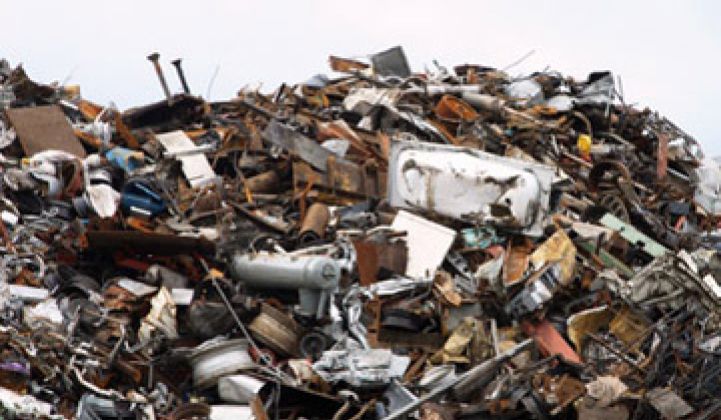Someday soon, communities may brag about being the Saudi Arabia of old, discarded milk jugs.
Waste products -- old packaging, used tires, broken electronics, waste streams from breweries -- are starting to look like gold, according to a small but growing group of investors and entrepreneurs.
Think about it for a moment. Plastic and rubber come from petroleum, a substance that’s been at the center of geopolitical conflicts since at least the 1920s.
Lehigh Technologies says its factory can produce enough recycled rubber to generate 4 million tires a year, curbing demand for oil by hundreds of millions of gallons. Bioplastech, out of Ireland, says it can take old plastic, feed it to a genetically modified organism, and get new, more easily recyclable plastic that can be made into bottles.
Strategic analysts worry about future supplies of nickel, copper and rare earth elements. When China threatened to stop exporting, Toyota and Mitsubishi announced metal recycling projects.
Garbage giant Waste Management harvests enough methane (natural gas) from its dump in Livermore, California to power its fleet of garbage trucks in the region.
And these are just the obvious examples where natural hazards find a new life. Joe Jones, CEO and founder of Skyonic, has come up with a way to convert carbon dioxide spewing from smokestacks into baking soda.
It might sound smelly, but if we can afford mining, and landfills, and imported petroleum, it might be the way to go.
What valuables lurk in your garbage can?
Read more on this topic in a joint effort by General Electric Ecomagination and Greentech Media, and join the conversation here.



